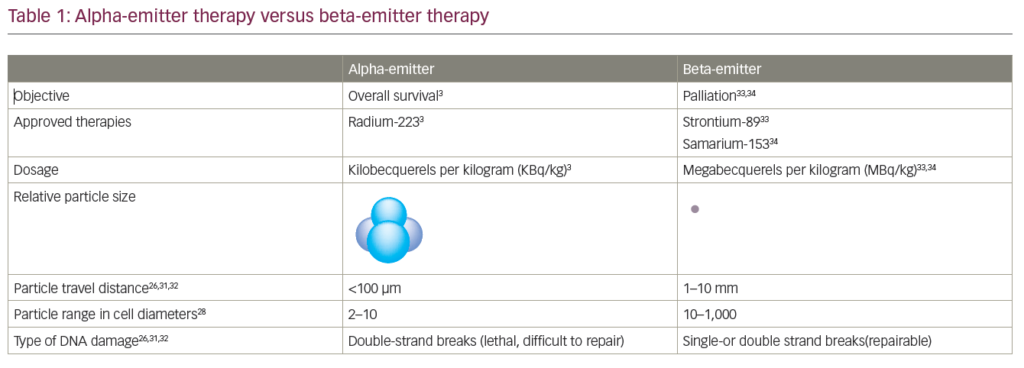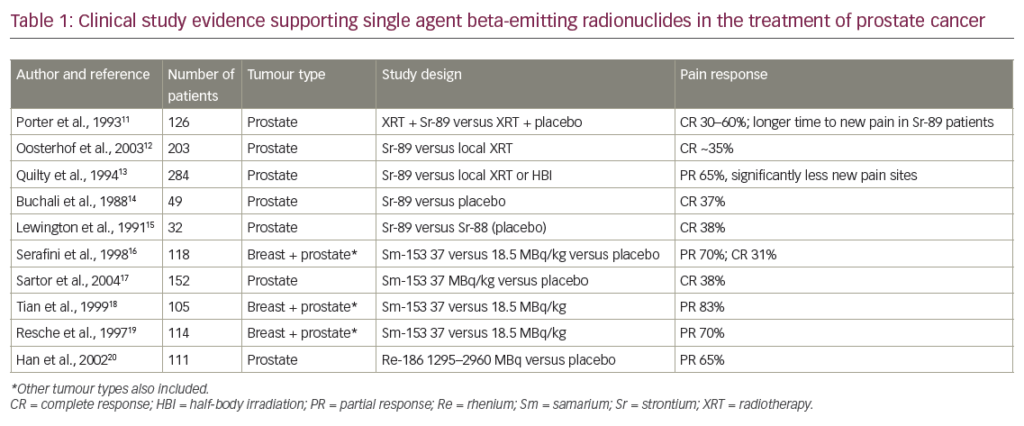Welcome to the fall edition of Oncology & Hematology Review, which features a broad range of articles covering topics of relevance to oncologists and hematologists, as well as the wider medical community. Included in this edition is an article by Al Dallal on sickle cell trait (SCT). While not a disease in itself, SCT is associated with a number of clinical conditions including renal disease, which has important implications for global public health recommendations.
This issue features several articles on solid tumors. High dose interleukin-2 (HD IL-2) has been used in the treatment of metastatic renal cell carcinoma and metastatic melanoma for over 20 years, but in the era of targeted therapies and immune checkpoint inhibitors, its role is unclear. Gupta and Agarwal present an overview of its status in current treatment paradigms and future developments. In addition, an editorial by Kaufman presents a perspective on the role of HD IL-2 based on recent data from the PROCLAIM registry.
Triple negative breast cancer accounts for up to 20% of all breast cancers diagnosed in the United States. Ballinger et al. review the current and emerging therapeutic options for this aggressive and hard to treat malignancy. Another area that has undergone significant recent advances is the treatment of colorectal and anal cancer. Goldberg highlights the top-ranked presentations from the 2016 Annual American Society of Clinical Oncology (ASCO) meeting, with a focus on immunotherapy and the site of the primary tumor in gastrointestinal cancers, information that may soon become integrated into clinical practice.
A case report by Kmeid et al. describes a case of invasive epiglottic aspergillosis mimicking supraglottic laryngeal carcinoma, in which the diagnosis enabled prompt initiation of antifungal therapy.
This edition features two editorials focus on cancers of the blood. Daver describes exciting new developments in the treatment of myeloproliferative neoplasms, which have led to prolonged survival and reduced transformation to leukemia. In addition, Usmani discusses the need for biomarker-driven therapy in multiple myeloma, given its complexity and heterogeneity.
Oncology & Hematology Review would like to thank all expert authors who contributed towards this edition. A special thanks goes to our Editorial Board for their continuing support and guidance. We hope that all our readers will find plenty of interest among these timely and thought-provoking articles.















